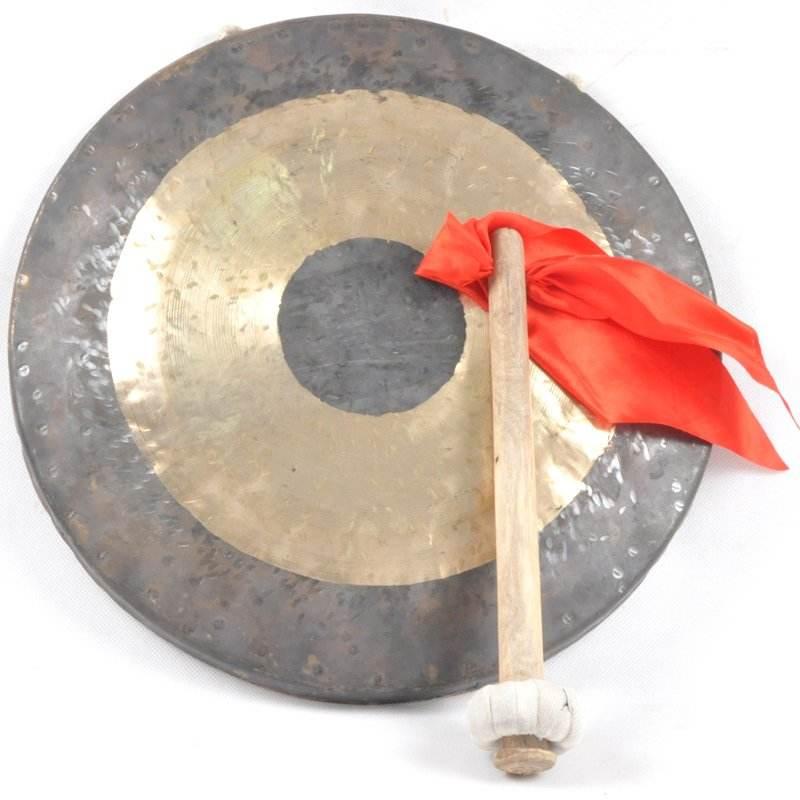How to play the gong
1097 views · Organized by 愛 on 2022-02-18
When playing, the left hand holds the gong and the right hand holds the mallet to strike. It is often used in opera accompaniment and instrumental ensemble. It also often cooperates with other percussion instruments, but it plays the main role. The pronunciation of each part of the gong face is different, the central pronunciation is lower, and the side part is higher. Players often take advantage of this feature to strike different timbres and pitches on the side of the gong, at the heart of the gong, or between the two. It's rough, loud sound gives people a shocking feeling.
The formula for playing the gong:
Hold the gong with a flat chest and determine the height and shortness, and lightly hold the pole outside the gong.
The posture should not be stiff and natural, and do not draw circles with the palms on your back.
When beating the gong, the arm should be flexed with the palm. It is absolutely forbidden to use the shoulder, lift the wrist, or use the elbow.

The formula for playing the gong:
Hold the gong with a flat chest and determine the height and shortness, and lightly hold the pole outside the gong.
The posture should not be stiff and natural, and do not draw circles with the palms on your back.
When beating the gong, the arm should be flexed with the palm. It is absolutely forbidden to use the shoulder, lift the wrist, or use the elbow.
Involving musical instruments
The big gong (pinyin: dà luó) is a kind of gong, and it is called the big gong because of its large face. It is made of copper, about 30 centimeters in diameter, flat and round, with sides, with smaller side holes and tied with ropes. When playing, the left hand is holding the gong and the right hand is holding the mallet.
Guess you like
Organized by 沈梦溪 on 2022-04-08
Does the gong belong to the Chinese national percussion instrument? belong. The big gong is a kind of gong. It is called the big gong because of its large face. When playing, the left hand holds the gong and the right hand holds the mallet to strike. It is often used in opera accompaniment and instrumental ensemble.
read >>
Organized by 一口泡芙 on 2022-02-18
The big gong is a circular arc, mostly made of copper, and its surrounding is fixed by its own frame; the gong is a wooden one. There are various sizes of gongs. When playing small gongs, use the left hand to hold the gong body and the right hand to strike the gong; large gongs must be hung on the gong stand to play.
read >>
 渝公网安备 50010702504639号
渝公网安备 50010702504639号